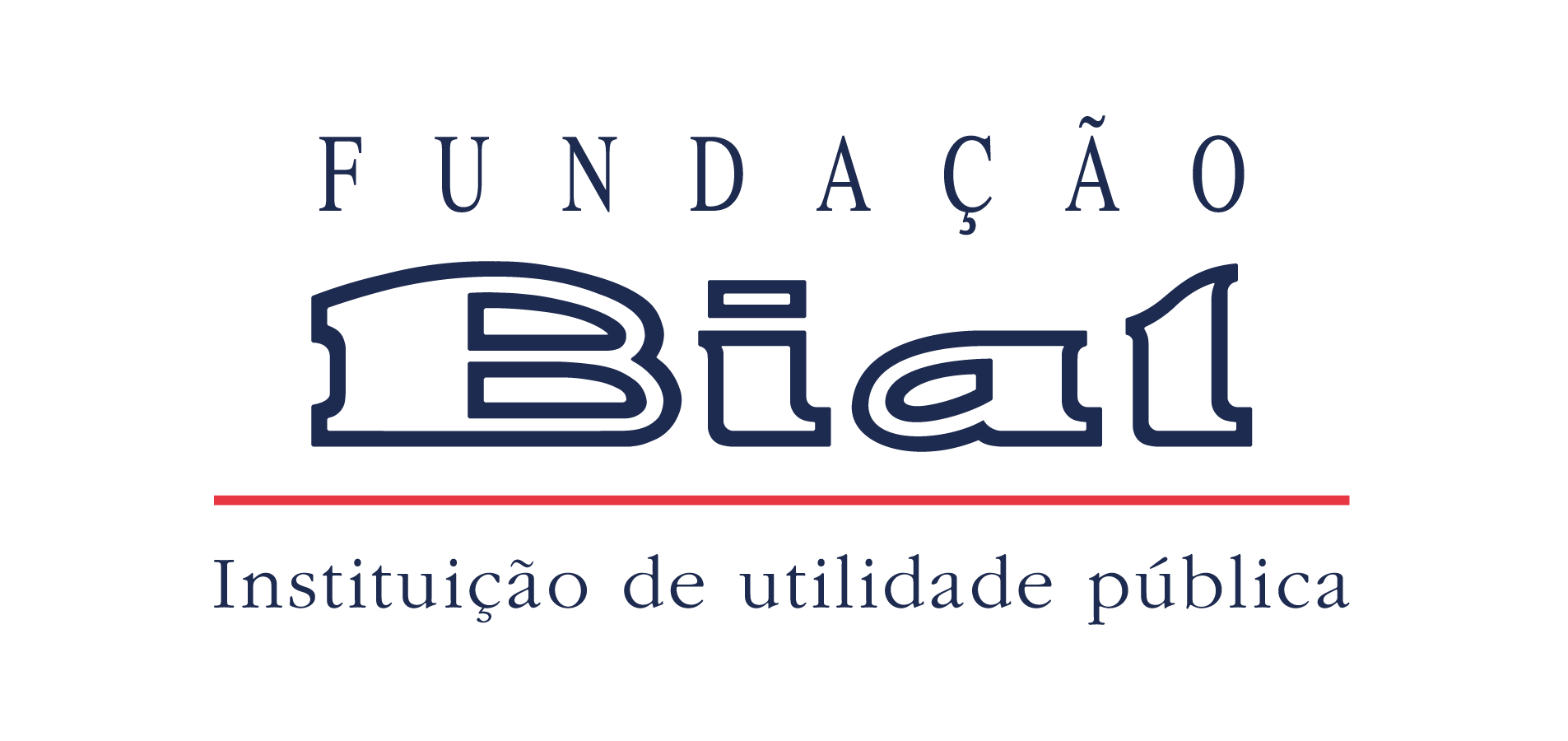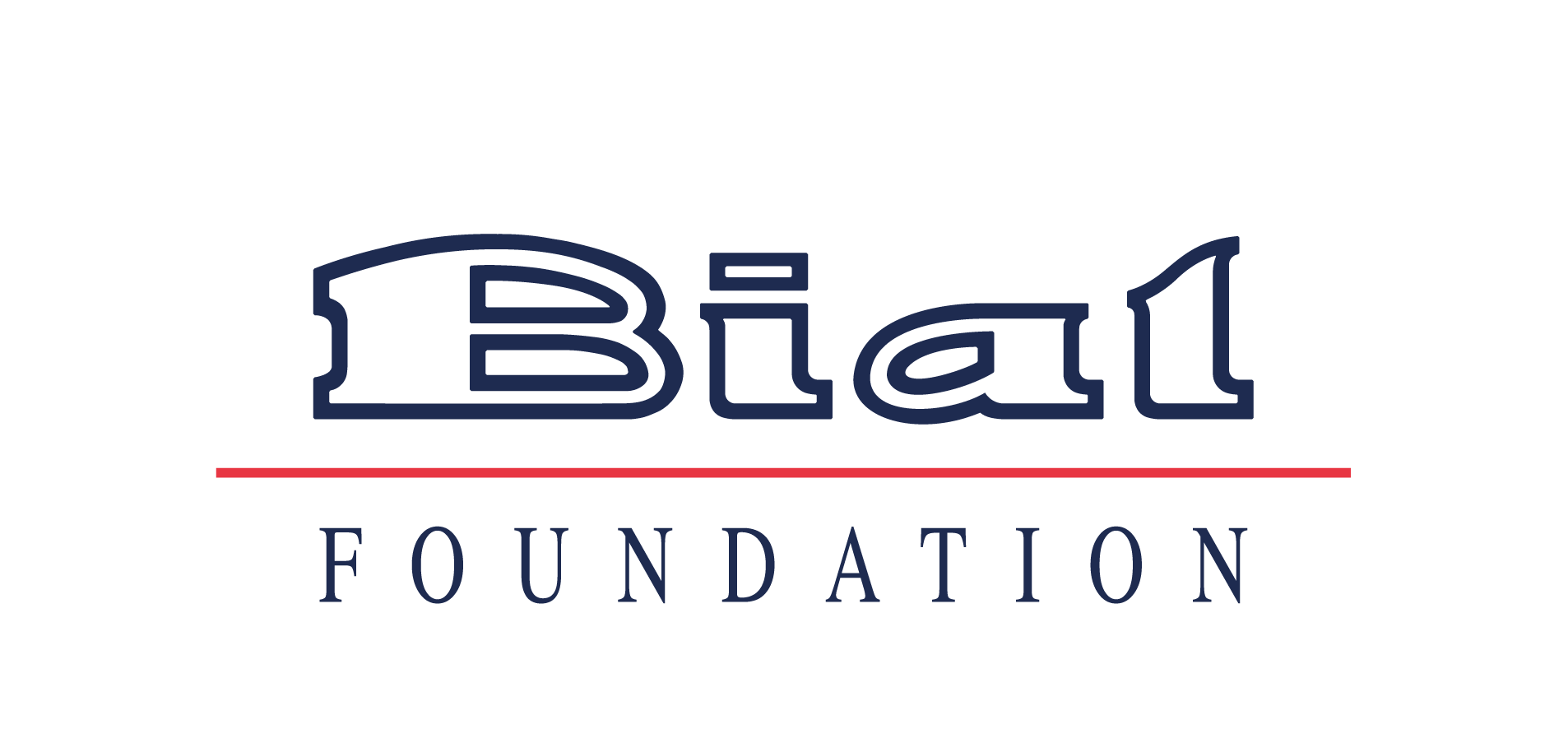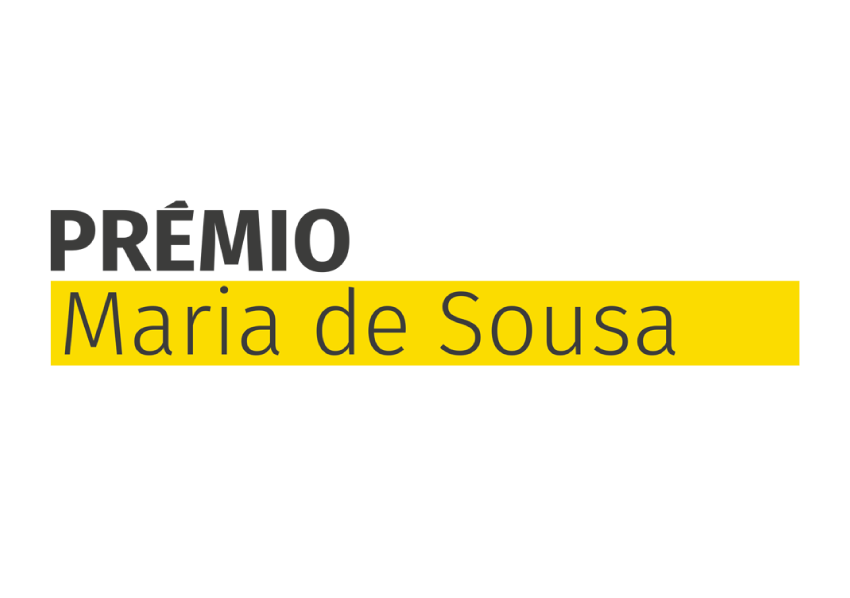News
- Science Stories
- Highlights
- Looking for collaboration
- Helpful links
- Logos
Science Stories
It is our mission being accomplished. Since 1994, the BIAL Foundation has approved for funding 946 projects, involving around 1900 researchers from 31 countries. There are three decades of support to Scientific Research Projects oriented toward the neurophysiological and mental study of the human being, in the areas of Psychophysiology and Parapsychology.
Discover the stories behind the science.
Science Stories
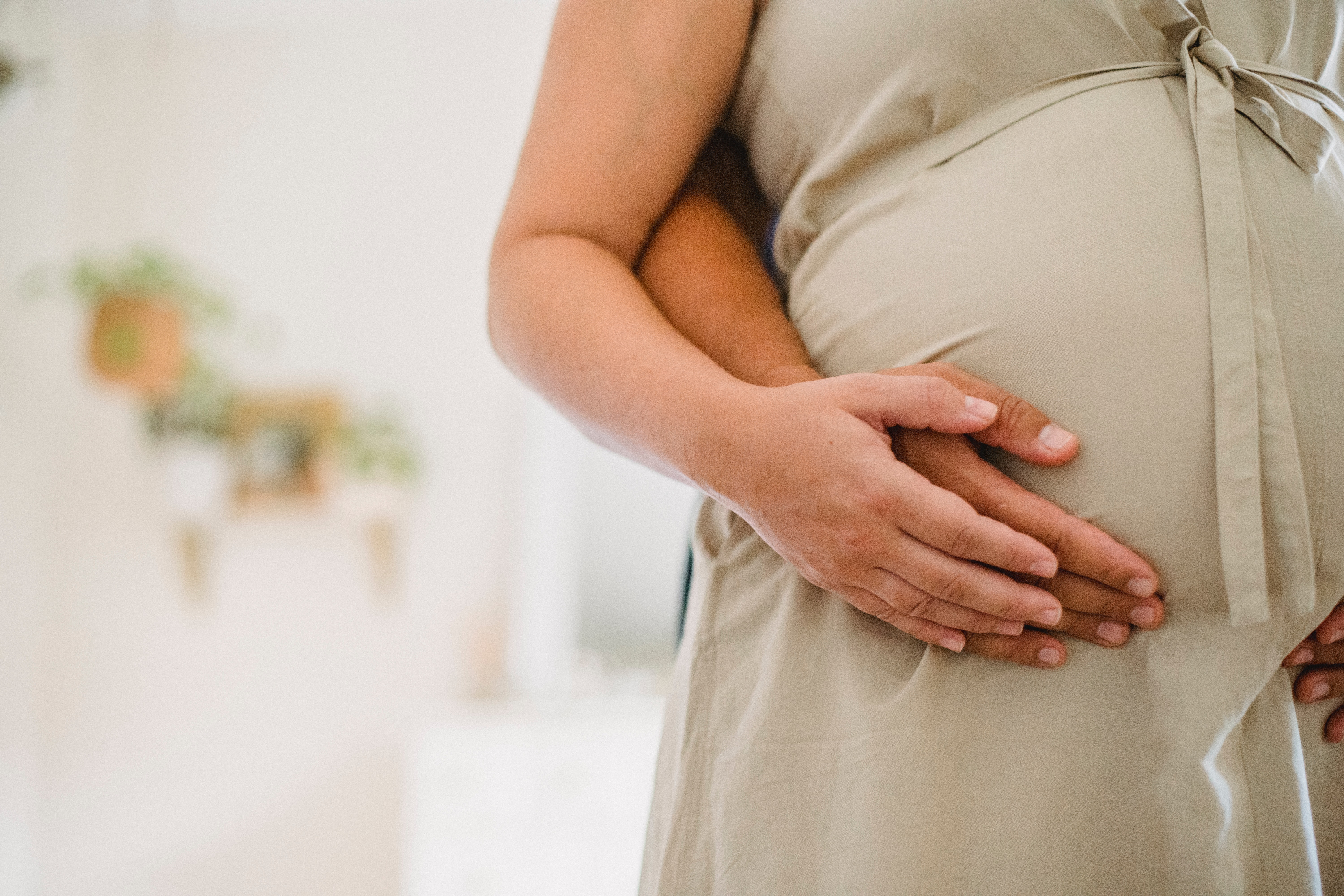
Do expectant fathers and mothers experience pregnancy differently?
A study has shown that there are neural and psychological differences between men and women during pregnancy.
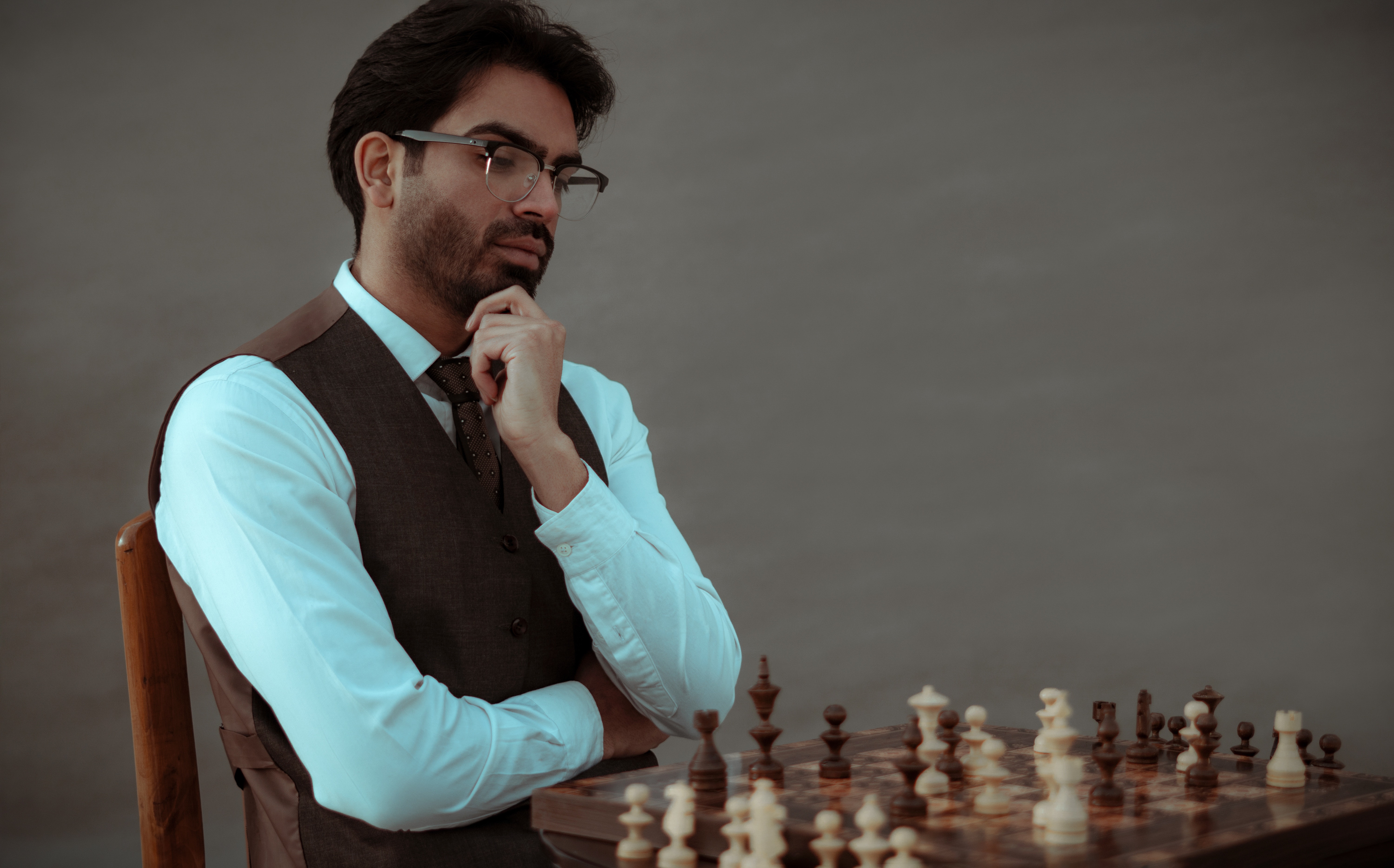
Can we self-regulate our brain through training?
A study of neurofeedback reveals that the behavioural effects seem to be the same whether real or sham feedback is given.

Can highly superior autobiographic memory enhance creativity?
Constructive episodic processes relevant to creative thinking are not enhanced in individuals with highly superior autobiographical memory performance.

Do women show greater engagement for multitasking?
A study involving 167 UK participants showed that women believed to be consistently stronger on multitasking than men.

Does age change the dream recall?
Study reveals that there are no relevant differences between dream recall in young adults and in the elderly.

Academic studies on claimed past-life memories
Did you know that most studies on claimed past-life memories were carried out mainly in Asian countries?

Empathy in couples
Understanding the adaptative functioning of couples is something crucial considering the harmful consequences of situations of domestic violence.

Choosing the usual or taking a chance?
We always choose the same route back home, but one day, alerted about traffic restrictions, we decide to risk an alternative route. What drives us to make this decision?

Dream and daydream: differences and similarities
Did you know that daydreams reflect events from the previous two days and “night” dreams resemble a fictional plot?

Does your dog have social skills?
A study suggests that viewing the owner’s face works as a positive social reinforcement for dogs. Learn more about this and other surprising results about “man’s best friend”.
News
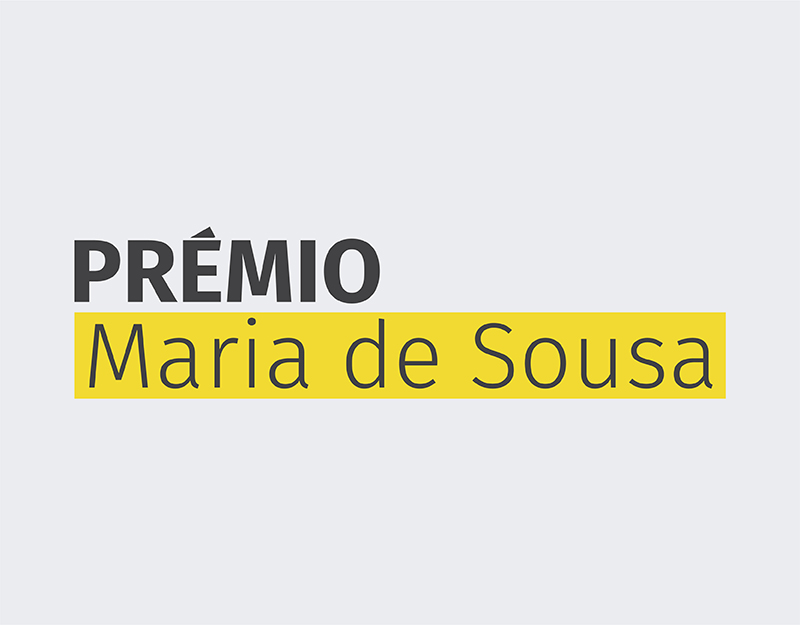
Maria de Sousa Award increases total amount to 125 thousand euros and has now five winners
The Portuguese Medical Association and the BIAL Foundation decided to increase the number of awarded researchers and the global amount of the Maria de Sousa Award, which will take effect in the present and future editions. The Award, launched in honour of the immunologist Maria de Sousa, will have a global amount of up to 125 thousand euros and will distinguish five winners. This amendment is effective immediately, which means that the first edition, closed on May 30, will award five instead of just one researcher, as initially planned. The global amount of the Award thus rises from up to 25 thousand euros to up to 125 thousand euros, to be distributed among the five winners. Luís Portela, president of the BIAL Foundation, explains that “this amendment follows on from the successful launch of the first edition of the Award, which is evident in the high number of applications received (84). We will continue to honour, now in an enhanced way, the memory of Maria de Sousa, the only purpose that led us, the Portuguese Medical Association and the BIAL Foundation, to establish this Award”. Miguel Guimarães, president of the Portuguese Medical Association, points out that “the Maria de Sousa Award is being a huge success, either because of the interest it aroused in researchers, or due to the quality of the applications presented, information that we received from the Jury. This is the best way we have to enhance Maria de Sousa's scientific legacy and give it continuity”. The Award will reward and support five young Portuguese scientific researchers, up to the age of 35, with research projects in Health Sciences, including an internship in an international centre of excellence.
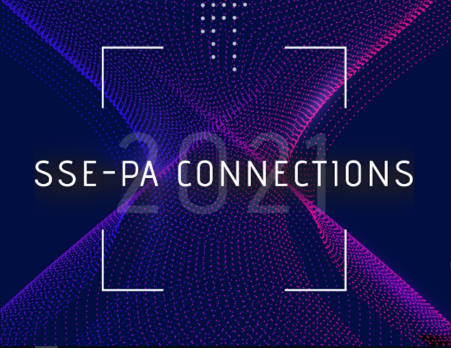
FREE online paranormal education day
The Society for Scientific Exploration (SSE) and the Parapsychological Association (PA) have joined together to sponsor an online convention that will emphasize the connections between all of us – seen and unseen. Spread out over 10 days, from July 23 through July 31, this conference will include presentations on many topics related to the fields of parapsychology, consciousness studies, and edge science. On July 17th, the conference coordinators will present a FREE Education Day and provide an overview of a number of topics including: ESP, Mediumship, Healing, PK, among others.
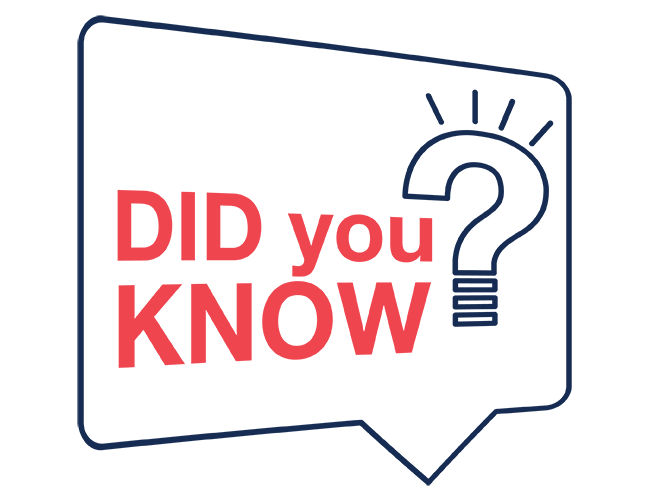
The BIAL Foundation has a h-index = 76
Did you know that 76 papers published in the scope of projects supported by the BIAL Foundation were cited at least 76 times?
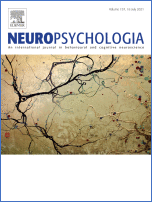
How EEG signals correspond to successful and impaired aging?
In the scope of a project supported by the BIAL Foundation, Stephen Badham and colleagues published the paper Age differences in resting state EEG and their relation to eye movements and cognitive performance in the journal Neuropsychologia. More information about the project available here. “Prior research has focused on EEG differences across age or EEG differences across cognitive tasks/eye tracking. There are few studies linking age differences in EEG to age differences in behavioural performance which is necessary to establish how neuroactivity corresponds to successful and impaired ageing. Eighty-six healthy participants completed a battery of cognitive tests and eye-tracking measures. Resting state EEG (n = 75, 31 young, 44 older adults) was measured for delta, theta, alpha and beta power as well as for alpha peak frequency. Age deficits in cognition were aligned with the literature, showing working memory and inhibitory deficits along with an older adult advantage in vocabulary. Older adults showed poorer eye movement accuracy and response times, but we did not replicate literature showing a greater age deficit for antisaccades than for prosaccades. We replicated EEG literature showing lower alpha peak frequency in older adults but not literature showing lower alpha power. Older adults also showed higher beta power and less parietal alpha power asymmetry than young adults. Interaction effects showed that better prosaccade performance was related to lower beta power in young adults but not in older adults. Performance at the trail making test part B (measuring task switching and inhibition) was improved for older adults with higher resting state delta power but did not depend on delta power for young adults. It is argued that individuals with higher slow-wave resting EEG may be more resilient to age deficits in tasks that utilise cross-cortical processing.”

The BIAL Foundation supported 6 Highly Cited Papers
Did you know that among the papers supported by BIAL Foundation there are 6 Highley Cited Papers, that is, papers that perform in the top 1% based on the number of citations received when compared to other papers published in the same field in the same year?

48% of the papers were published in Q1 journals
Did you know that 48% of the articles stemming from projects supported by the BIAL Foundation were published in journals occupying the first quartile (Q1) in their respective scientific field?

The placebo effect in religious practices
The paper Placebo effects in the context of religious beliefs and practices: A resting-state functional connectivity study stemming from project 02/18 - Neurobiological effects of Lourdes water: an fMRI study, supported by the BIAL Foundation, was published by Anne Schienle, from the University of Graz (Austria), in the journal Frontiers in Behavioral Neuroscience. “Background: Placebos (inert substances or procedures) can positively influence a person’s psychological and physical well-being, which is accompanied by specific changes in brain activity. There are many different types of placebos with different effects on health-related variables. This study investigated placebo effects in the context of religious beliefs and practices. The participants received an inert substance (tap water) along with the verbal suggestion that the water would come from the sanctuary in Lourdes (a major Catholic pilgrimage site with reports of miracle cures). We investigated changes in resting-state functional connectivity (rsFC) in three brain networks (default-mode, salience, cognitive control) associated with the drinking of the placebo water. Methods: A total of 37 females with the belief that water from the sanctuary in Lourdes has positive effects on their spiritual, emotional, and physical well-being participated in this placebo study with two sessions. The participants drank tap water that was labeled “Lourdes water” (placebo) before a 15-min resting-state scan in one session. In the other (control) session, they received tap water labeled as tap water. The participants rated their affective state (valence, arousal) during the session and were interviewed concerning specific thoughts, feelings, and bodily sensations directly after each of the two sessions. Results: The placebo reduced rsFC in the frontoparietal cognitive control network and increased rsFC in the salience network (insular-cerebellar connectivity). During the session, the participants rated their affective state as very pleasant and calm. The ratings did not differ between the two conditions. Immediately after the session, the participants reported increased intensity of pleasant bodily sensations (e.g., feelings of warmth, tingling) and feelings (e.g., gratefulness) for the “Lourdes water” condition. Conclusions: The present findings provide the first evidence that placebos in the context of religious beliefs and practices can change the experience of emotional salience and cognitive control which is accompanied by connectivity changes in the associated brain networks.”

The projects supported by the BIAL Foundation produced 1.457 indexed publications
Did you know that the research funded by the BIAL Foundation has resulted until April 2021 in the publication of 1.829 papers, 1.457 of which in indexed journals (in Scopus or Web of Science) and 1.238 in impact factor journals?

The Journal of Anomalous Experience and Cognition was recently launched
Did you know that the Journal of Anomalous Experience and Cognition, recently launched, is welcoming the submission of manuscripts? This scientific peer-reviewed journal links anomalous experience and cognition. The first one refers to unusual but not necessarily pathological experiences, such as mystical experiences, out-of-body experiences, and others. They can be spontaneous or induced and have life-changing effects. Anomalous cognition refers to rigorous multidisciplinary research that seeks to improve our understanding of psycho-physical interrelations, including the hypothesis that organisms can be affected by spatially or temporally distant stimuli - unmediated by the senses or reason - and that intentions can directly affect physical systems, as well as attitudes, beliefs, and other variables related to such claims. For any questions kindly contact the Editor-in-Chief, Etzel Cardeña, Ph.D., Thorsen Professor in Psychology.

How the brain controls certain actions?
Stephanie Rossit, lead researcher of project 184/14 - Decoding neural representations of human tool use from fMRI response patterns, funded by the BIAL Foundation, published the paper Hand-selective visual regions represent how to grasp 3D tools: brain decoding during real actions in the Journal of Neuroscience and discussed the subject in The Conversation UK. “Most neuroimaging experiments that investigate how tools and their actions are represented in the brain use visual paradigms where tools or hands are displayed as 2D images and no real movements are performed. These studies discovered selective visual responses in occipito-temporal and parietal cortices for viewing pictures of hands or tools, which are assumed to reflect action processing, but this has rarely been directly investigated. Here, we examined the responses of independently visually defined category-selective brain areas when participants grasped 3D tools (N=20; 9 females). Using real action fMRI and multi-voxel pattern analysis, we found that grasp typicality representations (i.e., whether a tool is grasped appropriately for use) were decodable from hand-selective areas in occipito-temporal and parietal cortices, but not from tool-, object-, or body-selective areas, even if partially overlapping. Importantly, these effects were exclusive for actions with tools, but not for biomechanically matched actions with control non-tools. In addition, grasp typicality decoding was significantly higher in hand than tool-selective parietal regions. Notably, grasp typicality representations were automatically evoked even when there was no requirement for tool use and participants were naïve to object category (tool vs non-tools). Finding a specificity for typical tool grasping in hand-, rather than tool-, selective regions challenges the long-standing assumption that activation for viewing tool images reflects sensorimotor processing linked to tool manipulation. Instead, our results show that typicality representations for tool grasping are automatically evoked in visual regions specialised for representing the human hand, the brain’s primary tool for interacting with the world.”

How stress affects social cognition?
The research team of project 72/18 - Temperamental influences on social cognition under stress, coordinated by Frederike Beyer, published in the journal Stress: The International Journal on the Biology of Stress the paper Regulating interpersonal stress: the link between heart-rate variability, physical exercise and social perspective taking under stress. “Social interactions can be stressful, especially if they involve provocation or ambiguity. At the same time, such interactions necessitate social cognition. The question thus arises how stress affects social cognition and how personality attributes modulate this effect. The aim of the current study was to investigate the link between emotional reactivity, physical exercise, and social cognition under stress. As a measure of social cognition, we used spontaneous perspective taking, i.e., the degree to which participants represented the mental state of another agent. Studying young female participants, we investigated how physiological regulation, measured through resting heart-rate variability, is related to spontaneous social perspective taking under stress, and to predicted anger in an ambiguous social scenario. When controlling for resting heart rate, vagally mediated heart-rate variability was negatively correlated with the effect of stress on perspective taking, indicating that good physiological regulation supports social cognition under stress. Further, participants who reported to exercise at least once a week showed higher perspective taking under stress than less active participants. Finally, we found tentative evidence for participants who exercised regularly to show reduced predicted anger in response to an ambiguous provocation. Our findings suggest that good physiological regulation and regular physical exercise support social cognition under stress.”

BIAL Foundation is seen as “Visionary”
Did you know that some of the researchers supported by the BIAL Foundation describe it as “Visionary”?
Looking for collaboration

The quest of physiological markers for the experience of pain
Researcher: Elia Valentini - Department of Psychology & Centre for Brain Science, University of Essex Summary: The aim of this project is to improve measurement of the human experience of pain by investigating a combination of psychophysical and physiological responses during mild noxious stimulation. More specifically, we want to investigate how sensitive and specific to pain the brain oscillatory responses are. We use EEG as the main technique, but we are keen to collaborate with neuroscientists using fMRI, autonomic measures and brain stimulation as well as with computational neuroscientists. A clinical collaborator would also be very much welcome.

EEG investigation of hypnosis and decision-making
Researcher: Rinaldo Livio Perri - University Niccolò Cusano Rome, Italy Summary: I work in the field of hypnosis and cognitive neuroscience. In particular, I adopt the event-related potentials (ERPs) to investigate the effect of the hypnotic suggestions on sensory processing and cognitive performance. I am an expert in decision-making and proactive brain processes before the stimulus administration (e.g., the perceptual, prefrontal and premotor readiness during the expectancy stage). I could help colleagues to properly analyze the ERP signal in the pre-stimulus stage of processing. Also, I would be happy to share my EEG data for re-analyzing them in the frequency domain (e.g., wavelet or coherence analysis in the hypnosis research). Feel free to contact me for any question! More information on my papers: https://scholar.google.it/citations?user=-8e_V64AAAAJ&hl=it Possible collaborations: neuroscientist with experience in the EEG frequency analysis Email: perri.rinaldo@gmail.com

Transparent Psi Project - looking for collaborators
Summary: We are running a fully transparent, expert consensus-base multilab replication of Bem’s (2011) experiment 1. The project features state of the art methods to maximize transparency and study integrity. The study involves a computerized experiment taking about 20 minutes per session. Group testing is possible in a computer lab, no specialized equipment needed. Labs are expected to recruit at least 100 participants. Participants will be exposed to images with explicit erotic/sexual content in the experiment. No financial compensation is required for the participants. Data collection is expected to take place in the 2020 fall semester. Every material is provided for ethics/IRB submissions and data collection in English (translation of materials might be necessary by the collaborators). The study is pre-registered and the manuscript is accepted in principle for publication in the journal Royal Society Open Science. All collaborators who meet the minimum sample size criterion will get authorship on this paper reporting the results of the replication study. More information in the preprint: https://psyarxiv.com/uwk7y/ Indicate interest in the collaboration via the following form: https://tinyurl.com/tpp-labs With any question contact the lead investigator: Dr. Zoltan Kekecs, kekecs.zoltan@gmail.com

Cognitive control and learning
Researcher: Ignacio Obeso, Ph.D. / CINAC - HM Puerta del Sur Summary: The aim of our projects is to understand the behavioral and neural mechanisms used to learn how humans establish adaptive behaviour in changing contexts. More specifically, we want to decipher how stopping abilities are initially learned and later executed under automatic control. We use task-related fMRI, brain stimulation and clinical models to test our predictions in laboratory settings as well as online home-based paradigms. Possible collaborations: computational scientist Email contact: i.obesomartin@gmail.com https://iobesomartin.wixsite.com/cognitivecontrol
Find here some links to other Foundations, Organizations, Societies and more that you might be interested in.
- BrainFacts.org
- Cognitive Neuroscience Society
- Dana Foundation
- European Brain Council
- European Society for Cognitive and Affective Neuroscience (ESCAN)
- Federation of European Neuroscience Societies (FENS)
- Human Brain Project
- IANDS International Association for Near-Death Studies
- Institut Métapsychique International (IMI)
- Instituto de Psicologia Paranormal
- International Behavioral Neuroscience Society (IBNS)
- International Brain Research Organization
- IONS Institute of Noetic Sciences
- Kavli Foundation
- Koestler Parapsychology Unit
- Open Sciences
- Organization for Human Brain Mapping (OHBM)
- Parapsychological Association
- Psi Encyclopedia
- Rhine Research Center
- Sociedade Portuguesa de Neurociências
- Sociedade Portuguesa de Neurologia
- Society for Neuroscience
- Society for Psychical Research
- Society for Scientific Exploration (SSE)
- World Federation of Neurology


